Home>Gardening & Outdoor>Landscaping Ideas>How To Kill Snake Grass
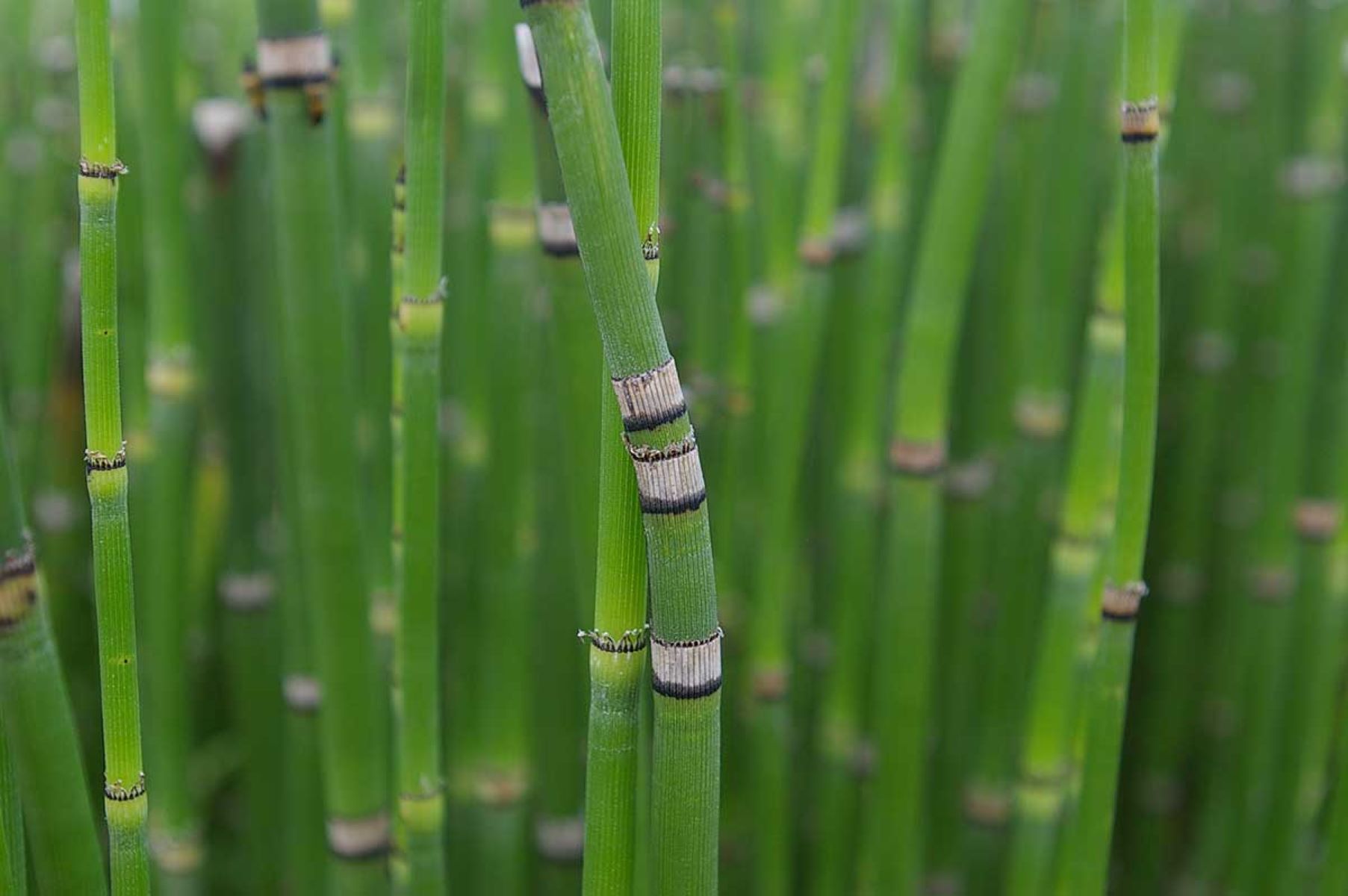

Landscaping Ideas
How To Kill Snake Grass
Published: January 28, 2024
Discover effective landscaping ideas to kill snake grass and improve the appearance of your outdoor space. Learn how to tackle this common nuisance with our expert tips. Achieve a beautiful, snake grass-free landscape today!
(Many of the links in this article redirect to a specific reviewed product. Your purchase of these products through affiliate links helps to generate commission for Storables.com, at no extra cost. Learn more)
Introduction
Welcome to the ultimate guide on managing and eliminating the notorious snake grass from your garden or landscape. Snake grass, scientifically known as Equisetum hyemale, is a perennial weed that can quickly spread and overtake your outdoor space if left unchecked. Its resilient nature and rapid growth make it a challenging adversary for any gardener or landscaping enthusiast.
In this comprehensive article, we will delve into the various aspects of dealing with snake grass, including understanding its characteristics, identifying its presence, and implementing effective control measures. Whether you are a seasoned gardener or a novice enthusiast, the information provided here will equip you with the knowledge and strategies to combat this invasive weed and restore the beauty of your outdoor environment.
Let’s embark on this journey to reclaim your garden from the clutches of snake grass and rediscover the joy of a thriving and picturesque landscape.
Key Takeaways:
- Snake grass, a resilient weed, can be managed by preventing infestations through soil drainage, moisture control, and regular inspections. Mechanical and natural methods, like hand pulling and competitive planting, offer effective, eco-friendly solutions.
- Combating snake grass requires a multifaceted approach, integrating understanding, prevention, and targeted control methods. By leveraging knowledge and proactive measures, gardeners can reclaim their outdoor space and cultivate a thriving, weed-free landscape.
Understanding Snake Grass
Before engaging in the battle against snake grass, it is crucial to gain a comprehensive understanding of this persistent weed. Snake grass, also known as horsetail, is a primitive, non-flowering plant that belongs to the Equisetaceae family. It thrives in moist, poorly drained soil and can be found in a variety of environments, including gardens, lawns, and even alongside water bodies.
One of the distinct features of snake grass is its segmented, bamboo-like stems that resemble the appearance of a miniature conifer tree. These hollow, jointed stems contribute to its resilience and ability to spread rapidly, making it a formidable opponent for gardeners. Additionally, snake grass reproduces through spores, further facilitating its proliferation and persistence in the landscape.
Furthermore, snake grass has a deep and extensive root system, allowing it to extract nutrients and moisture from the soil with remarkable efficiency. This robust root network enables the weed to establish a strong foothold in the ground, making eradication efforts challenging if not approached strategically.
Understanding the growth habits, reproductive mechanisms, and adaptive features of snake grass is essential in formulating an effective plan to combat its presence in your garden or landscape. By familiarizing yourself with the characteristics of this resilient weed, you can better equip yourself to implement targeted control measures that yield lasting results.
Identifying Snake Grass
Accurately identifying snake grass is the foundational step in effectively managing its presence within your outdoor space. Recognizing the distinct physical attributes of this resilient weed will enable you to take proactive measures to control its spread and minimize its impact on your garden or landscape.
Snake grass can be identified by its unique appearance, characterized by segmented stems that resemble the structure of a miniature bamboo plant. These hollow, jointed stems are a defining feature of snake grass and serve as a key visual cue for identification. Additionally, the stems of snake grass are typically green to brownish-green in color, adding to its distinctiveness amidst other plant species.
Another characteristic that aids in identifying snake grass is its reproductive structures. The weed produces cone-like structures at the tips of its stems, which contain spores for reproduction. These cones are often pale to brownish in color and can aid in confirming the presence of snake grass in your garden or landscape.
When assessing your outdoor environment for the presence of snake grass, it is important to consider the growth habits and preferred habitats of this weed. Snake grass thrives in moist, poorly drained soil, and is commonly found in areas with high humidity levels. Therefore, inspecting damp or water-logged areas of your garden, such as alongside ponds, streams, or in low-lying areas, can help in identifying potential infestations of snake grass.
Furthermore, the presence of snake grass can also be indicated by its impact on surrounding vegetation. The weed has a tendency to form dense patches and can outcompete other plants for resources, leading to stunted growth and diminished health in neighboring flora. Observing areas where plant growth appears suppressed or where the soil is consistently moist can provide valuable clues in identifying the presence of snake grass.
By familiarizing yourself with the physical characteristics, preferred habitats, and impact on surrounding vegetation, you can effectively identify snake grass and initiate targeted control measures to mitigate its spread within your outdoor environment.
Preventing Snake Grass Infestations
Prevention is often the most effective strategy in managing invasive weeds such as snake grass. By implementing proactive measures to prevent infestations, you can significantly reduce the likelihood of encountering this resilient weed in your garden or landscape. Here are several key practices to prevent snake grass infestations:
- Maintain Optimal Soil Drainage: Snake grass thrives in moist, poorly drained soil. By ensuring proper soil drainage through the implementation of drainage systems or the use of raised beds, you can create an environment less conducive to the growth of this invasive weed.
- Monitor and Manage Moisture Levels: Regularly assess the moisture levels in your garden or landscape, especially in areas prone to water accumulation. Implementing proper irrigation techniques and addressing drainage issues can help prevent the excessive moisture that favors the growth of snake grass.
- Minimize Soil Disturbance: Snake grass can spread through rhizomes and spores, making it essential to minimize soil disturbance to prevent the dispersal of its reproductive structures. When working in potentially infested areas, exercise caution to avoid unintentionally spreading the weed.
- Utilize Weed-Free Soil and Mulch: When introducing new soil or mulch to your garden, ensure that it is free from snake grass and other weed contaminants. Vigilance in sourcing clean, weed-free materials can prevent the inadvertent introduction of invasive species.
- Regularly Inspect and Maintain Landscape: Conduct routine inspections of your garden and landscape to promptly identify and address any emerging snake grass infestations. Regular maintenance, including weeding and monitoring plant health, can help prevent the establishment of this invasive weed.
By proactively implementing these preventive measures, you can create an environment that is less hospitable to snake grass, reducing the risk of infestations and minimizing the need for extensive control efforts in the future.
To kill snake grass, you can use a herbicide specifically designed to target grassy weeds. Make sure to follow the instructions on the label and apply the herbicide when the snake grass is actively growing for best results.
Mechanical Control Methods
Implementing mechanical control methods is an essential component of managing snake grass infestations, especially in areas where chemical intervention may not be feasible or desirable. These manual techniques target the physical removal and suppression of the weed, offering effective means of control without relying on herbicidal solutions. Here are several mechanical control methods to combat snake grass:
- Hand Pulling: For small-scale infestations or isolated patches of snake grass, hand pulling can be an effective method of removal. Grasp the stems at the base and gently pull to extract the weed from the soil. It is important to ensure that the entire root system is removed to prevent regrowth.
- Cutting and Mowing: Regularly mowing or cutting down snake grass can help weaken the weed and limit its reproductive capabilities. Use a sharp mower or cutting tool to trim the stems, reducing the vigor of the plant and impeding its ability to spread through spore dispersal.
- Soil Cultivation: Disturbing the soil in infested areas can help disrupt the growth of snake grass and expose its rhizomes to desiccation. Utilize hand tools or mechanized equipment to cultivate the soil and disturb the root network, hindering the weed’s ability to proliferate.
- Barrier Installation: Installing physical barriers, such as landscape fabric or root barriers, can help contain the spread of snake grass. These barriers create a deterrent for the weed’s rhizomes, limiting their lateral expansion and preventing the establishment of new infestations.
- Thatch Management: Addressing excessive thatch accumulation in lawns and turf areas can reduce the favorable habitat for snake grass. Thatch removal through dethatching equipment or manual raking can diminish the weed’s ability to establish and thrive in dense organic layers.
When employing mechanical control methods, it is important to combine these techniques with preventive measures to minimize the potential for reinfestation. Additionally, regular monitoring and follow-up treatments may be necessary to effectively manage snake grass and prevent its resurgence in the landscape.
Chemical Control Methods
Chemical control methods offer an effective approach to managing snake grass infestations, particularly in larger or persistent weed populations. When utilized judiciously and in accordance with label instructions, herbicidal treatments can provide targeted control of snake grass while minimizing the impact on non-target plants. Here are several chemical control methods commonly employed to combat snake grass:
- Selective Herbicides: Selective herbicides formulated specifically for broadleaf weed control can effectively target snake grass while preserving desirable grass species in lawns and turf areas. These herbicides selectively disrupt the growth and development of the weed, leading to its gradual decline and eventual eradication.
- Non-Selective Herbicides: Non-selective herbicides, such as glyphosate-based products, can be utilized in non-turf areas to eliminate snake grass and other invasive weeds. Care must be taken to apply these products only to the targeted vegetation, as they can cause damage to non-weed plants upon contact.
- Pre-Emergent Herbicides: Pre-emergent herbicides can be employed to prevent the germination and establishment of snake grass seeds. By applying these herbicides prior to the weed’s emergence, you can create a barrier that inhibits seedling development, reducing the likelihood of infestations.
- Post-Emergent Herbicides: Post-emergent herbicides target established snake grass plants, effectively suppressing their growth and facilitating control. These products are applied after the weed has emerged and are designed to disrupt vital physiological processes, leading to the deterioration of the targeted vegetation.
- Systemic Herbicides: Systemic herbicides are absorbed by the plant and translocated throughout its vascular system, delivering comprehensive control of snake grass. These herbicides are effective in targeting the weed’s root system, leading to systemic damage and eventual eradication.
Prior to implementing chemical control methods, it is imperative to carefully read and follow the instructions provided by the herbicide manufacturer. Additionally, considering the potential impact on the surrounding environment and non-target plants is essential in minimizing unintended consequences of herbicidal applications.
When utilizing chemical control methods, it is advisable to integrate these treatments with other control measures and preventive practices to achieve comprehensive and sustainable management of snake grass infestations.
Natural Control Methods
Embracing natural control methods can offer sustainable and environmentally friendly strategies for managing snake grass infestations. These methods leverage biological, ecological, and cultural practices to mitigate the growth and spread of the weed while promoting a harmonious balance within the landscape. Here are several natural control methods that can be employed to combat snake grass:
- Competitive Planting: Introducing competitive plant species that are well-adapted to the growing conditions can help suppress the growth of snake grass. By establishing dense, vigorous vegetation, you can outcompete the weed and limit its ability to proliferate.
- Enhanced Soil Health: Improving soil health through organic amendments, compost applications, and microbial inoculants can foster conditions that are less favorable for the growth of snake grass. Healthy, nutrient-rich soil can promote the vitality of desirable plants while reducing the competitive advantage of invasive weeds.
- Biological Controls: Biological control agents, such as natural predators or pathogens specific to snake grass, can be utilized to manage the weed population. When implemented responsibly and in accordance with regulatory guidelines, these biological controls can offer targeted and sustainable suppression of the weed.
- Mulching and Smothering: Applying organic mulches or utilizing smothering materials, such as cardboard or landscape fabric, can effectively inhibit the growth of snake grass. These practices create physical barriers that impede the weed’s emergence and establishment, contributing to its suppression.
- Cultural Practices: Implementing cultural practices, such as proper irrigation management, regular aeration, and strategic pruning, can create an environment that is less conducive to the growth of snake grass. These practices promote the vigor of desirable plants while creating challenges for the weed’s persistence.
When integrating natural control methods, it is essential to consider the unique ecological dynamics and growing conditions of your landscape. By aligning these natural strategies with the specific characteristics of your outdoor environment, you can foster a resilient and balanced ecosystem that is less susceptible to the encroachment of invasive weeds like snake grass.
Furthermore, combining natural control methods with proactive prevention and ongoing monitoring can create a holistic approach to weed management that promotes the long-term health and sustainability of your garden or landscape.
Conclusion
As we conclude this comprehensive guide on managing snake grass, it is evident that combatting this resilient weed requires a multifaceted approach that integrates understanding, identification, prevention, and targeted control methods. By familiarizing yourself with the characteristics and growth habits of snake grass, you can effectively identify and address its presence in your garden or landscape. Implementing preventive measures, such as optimizing soil drainage and monitoring moisture levels, can significantly reduce the risk of infestations, contributing to long-term weed management.
When it comes to control methods, a combination of mechanical, chemical, and natural strategies offers a comprehensive approach to mitigating the growth and spread of snake grass. Mechanical methods, including hand pulling and cutting, provide targeted control for localized infestations, while chemical treatments can be employed for larger-scale or persistent weed populations. Embracing natural control methods, such as competitive planting and enhanced soil health, contributes to sustainable weed management and promotes ecological balance within the landscape.
It is important to approach snake grass management with a long-term perspective, recognizing that consistent monitoring, follow-up treatments, and ongoing preventive practices are essential for sustainable results. By integrating these strategies and adapting them to the unique characteristics of your outdoor environment, you can reclaim your garden from the encroachment of snake grass and cultivate a thriving, weed-free landscape.
Ultimately, the journey to managing snake grass is a testament to the resilience and dedication of gardeners and landscaping enthusiasts. By leveraging knowledge, proactive measures, and effective control methods, you can overcome the challenges posed by this invasive weed and restore the beauty and vitality of your outdoor space.
Armed with the insights and strategies presented in this guide, you are well-equipped to embark on the mission of eradicating snake grass and nurturing a landscape that flourishes with diverse and vibrant flora.
Frequently Asked Questions about How To Kill Snake Grass
Was this page helpful?
At Storables.com, we guarantee accurate and reliable information. Our content, validated by Expert Board Contributors, is crafted following stringent Editorial Policies. We're committed to providing you with well-researched, expert-backed insights for all your informational needs.
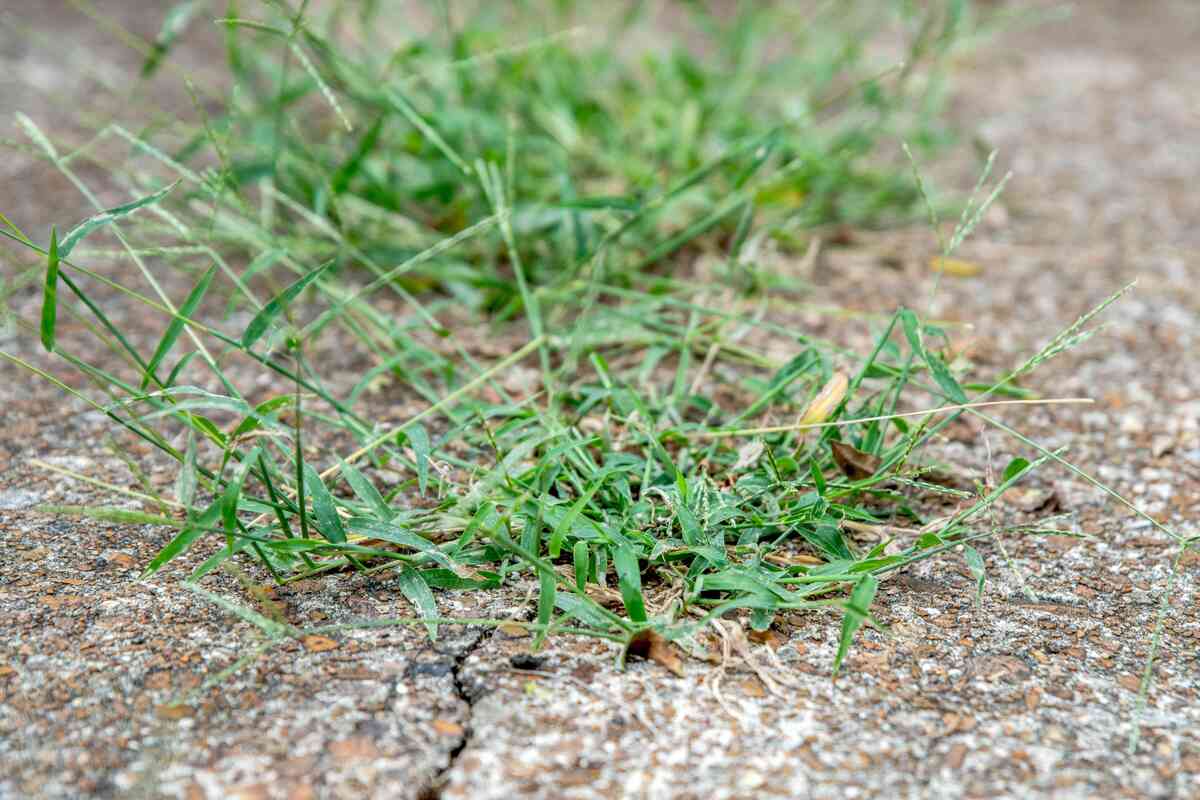
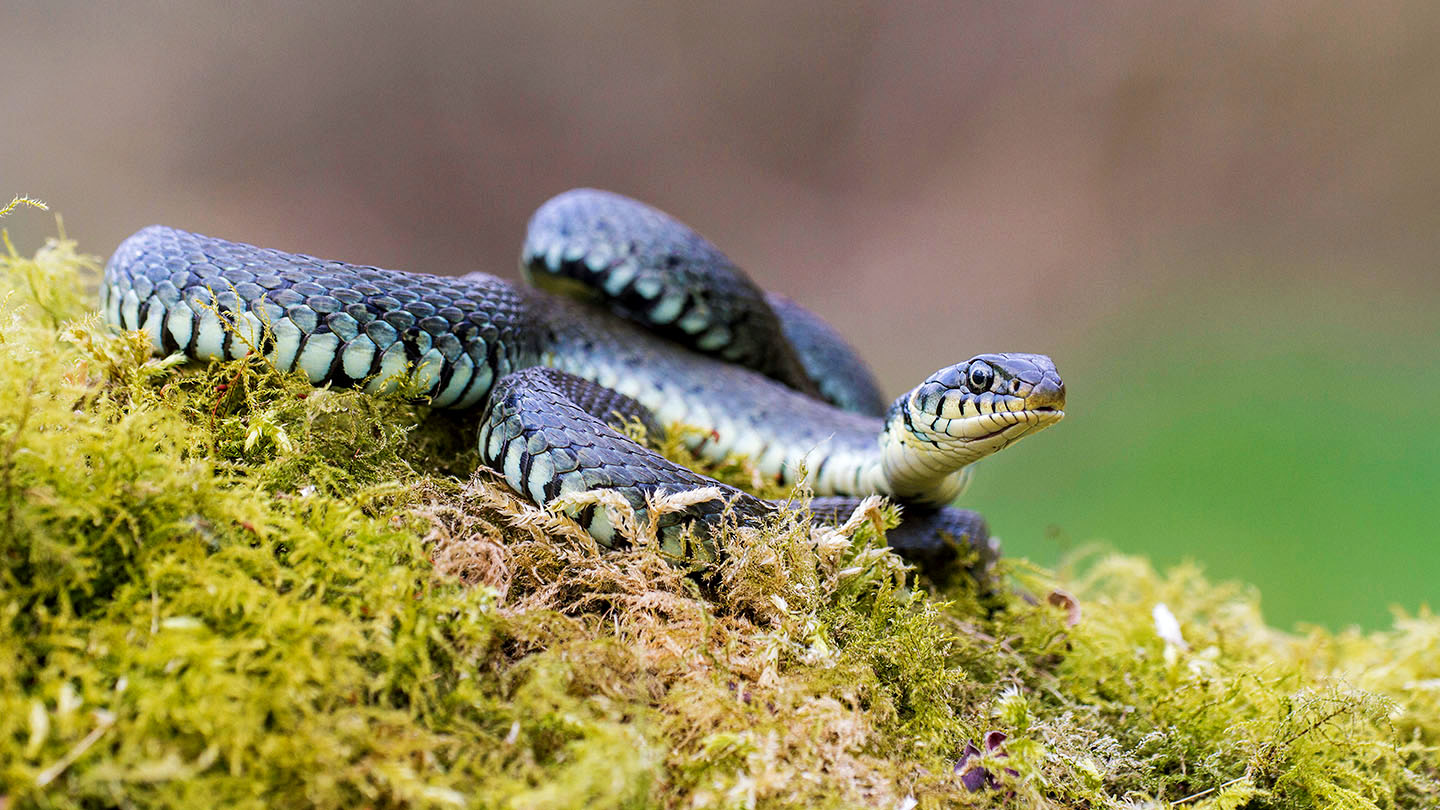
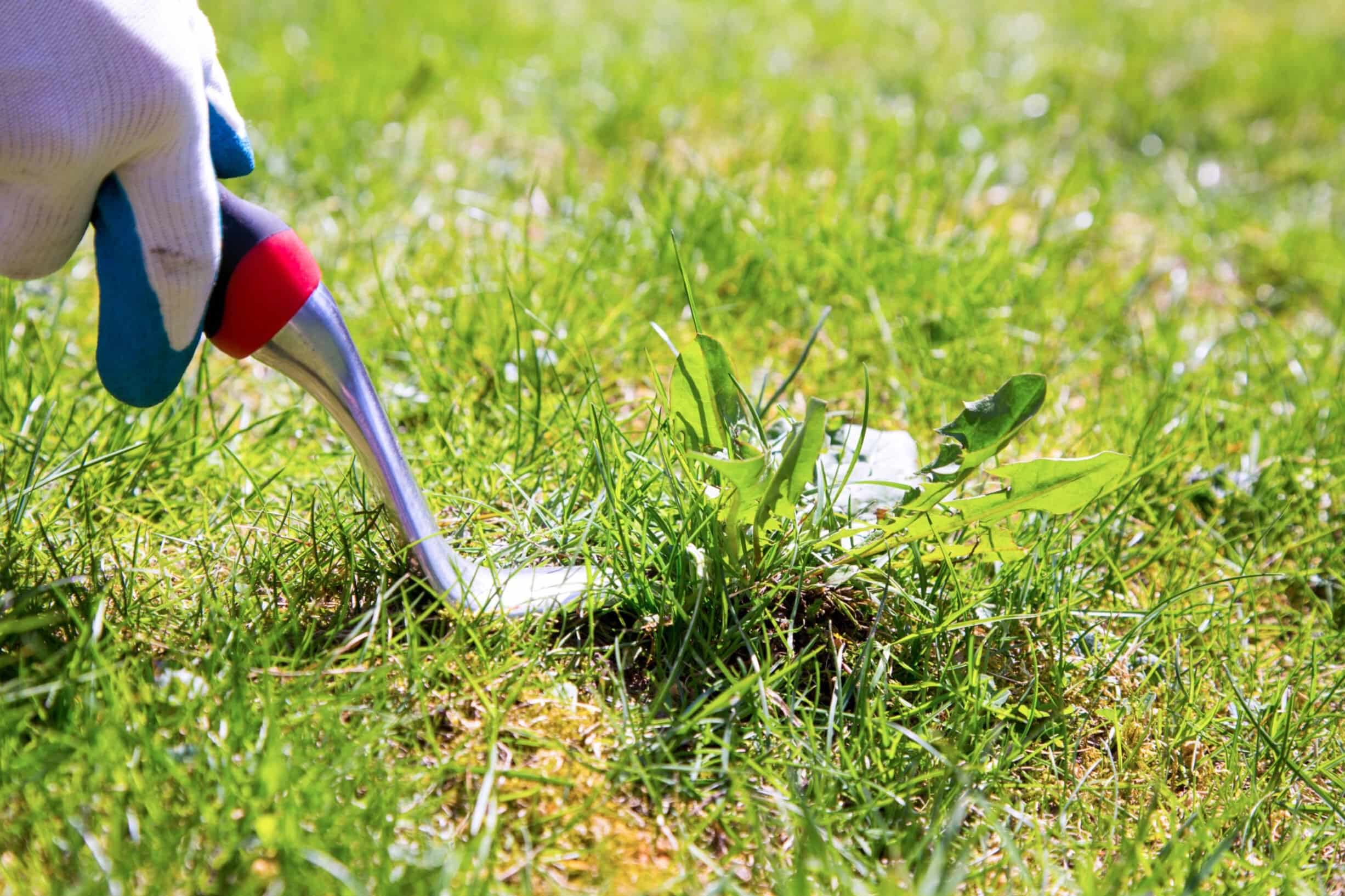
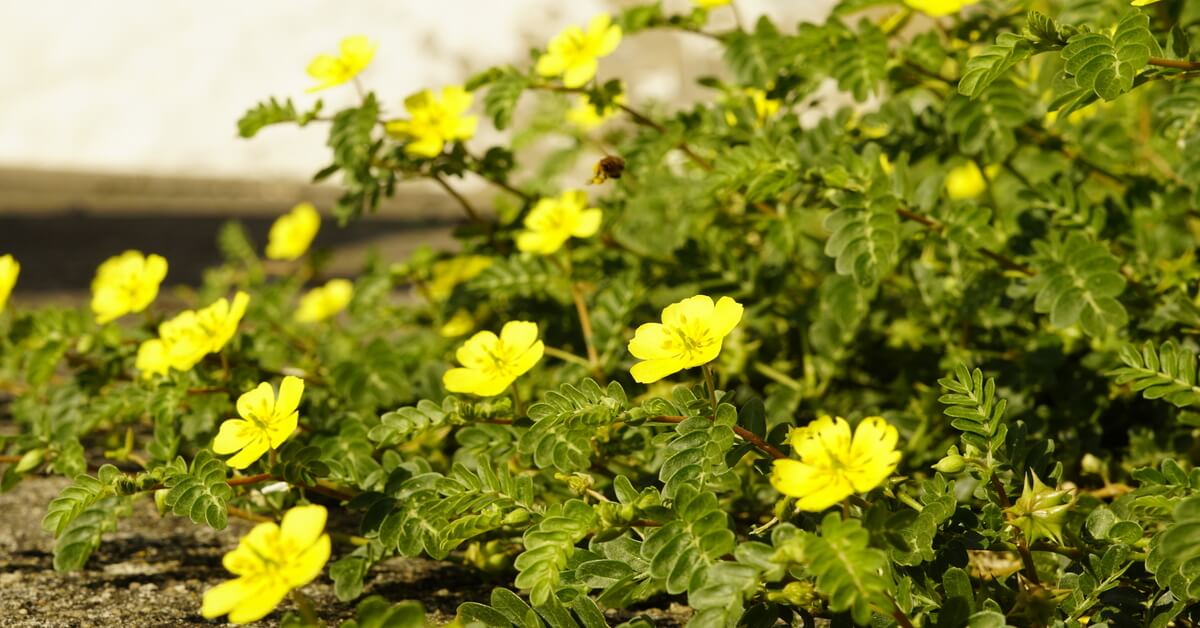
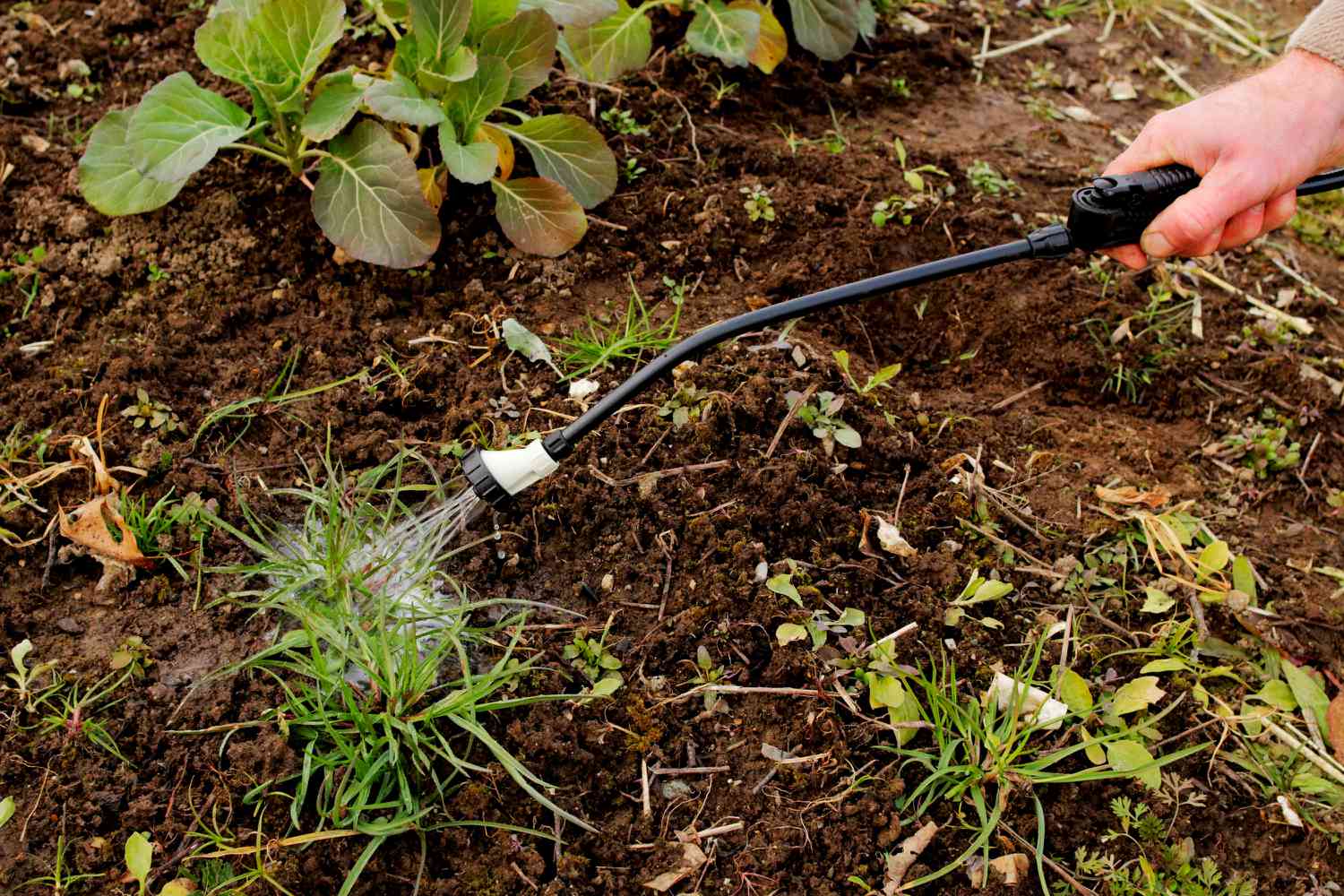
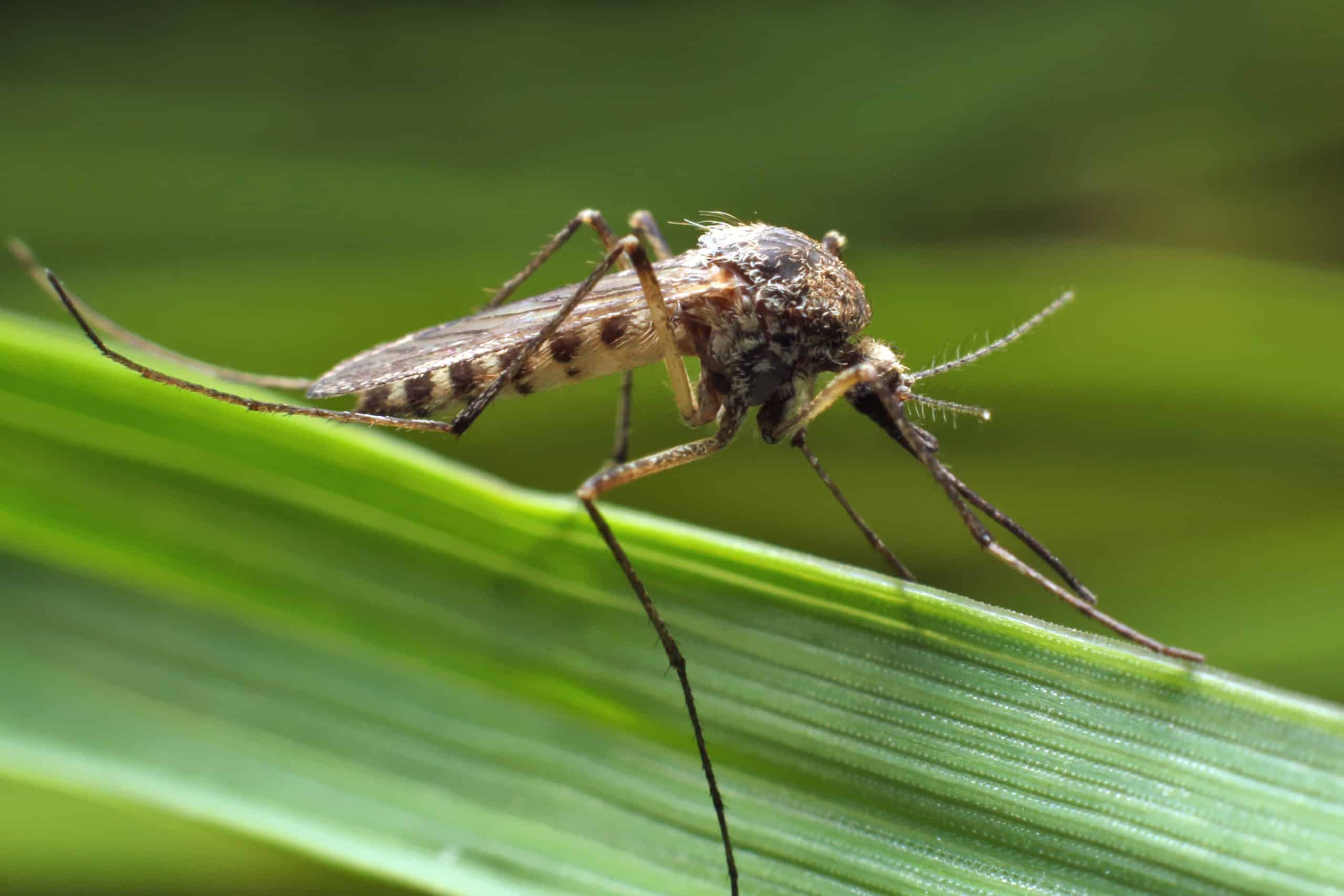
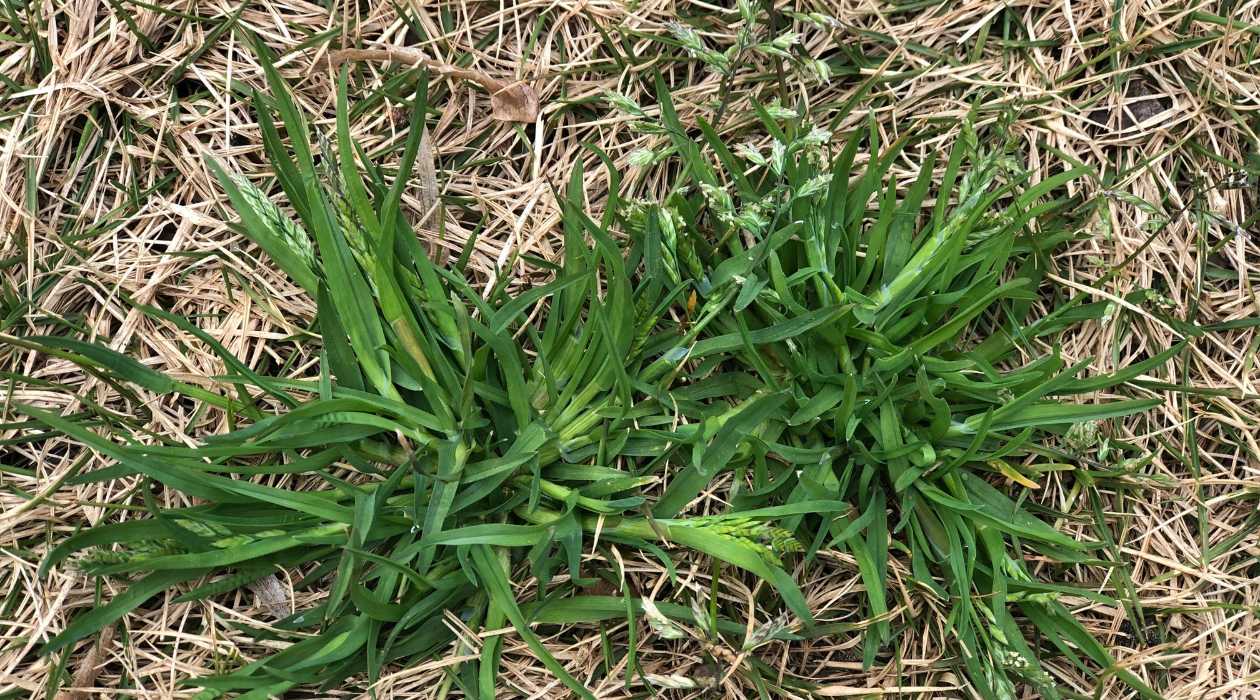
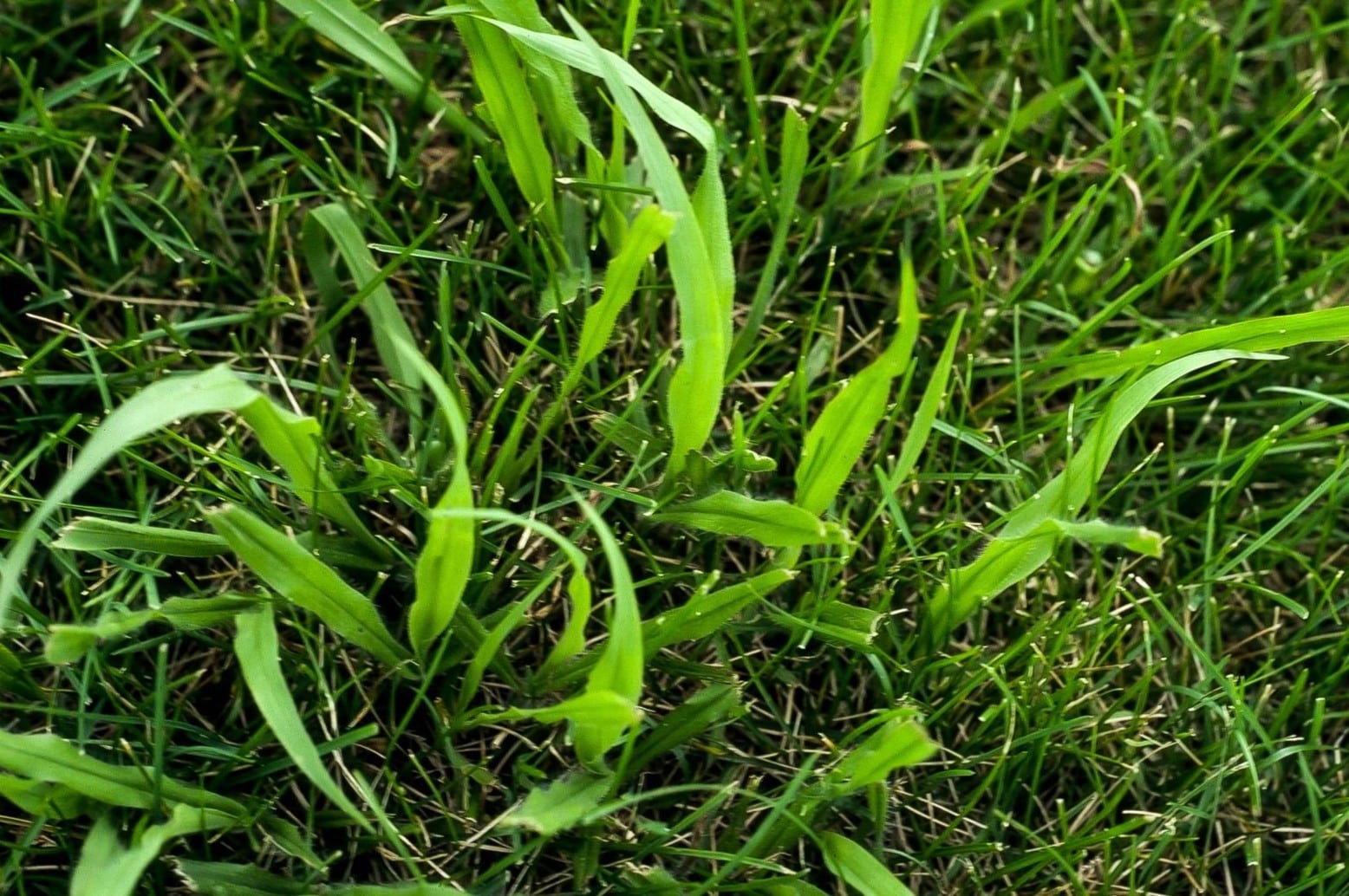
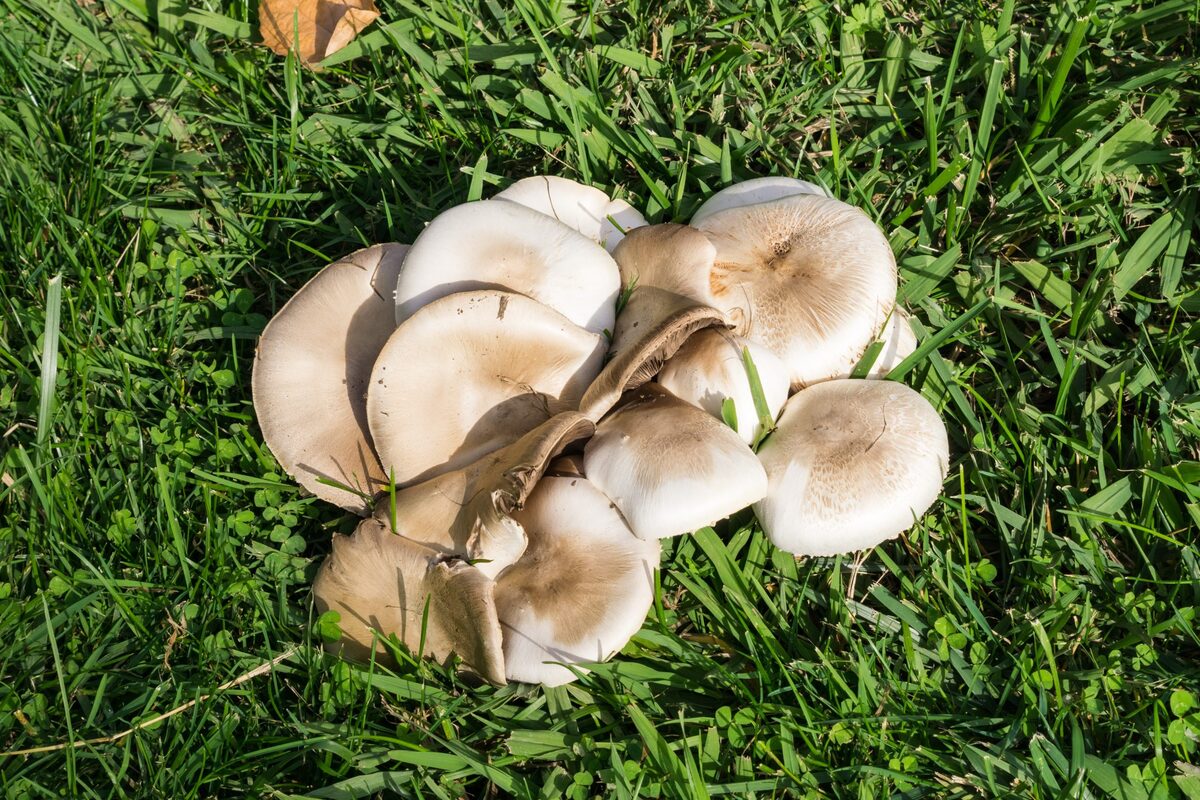
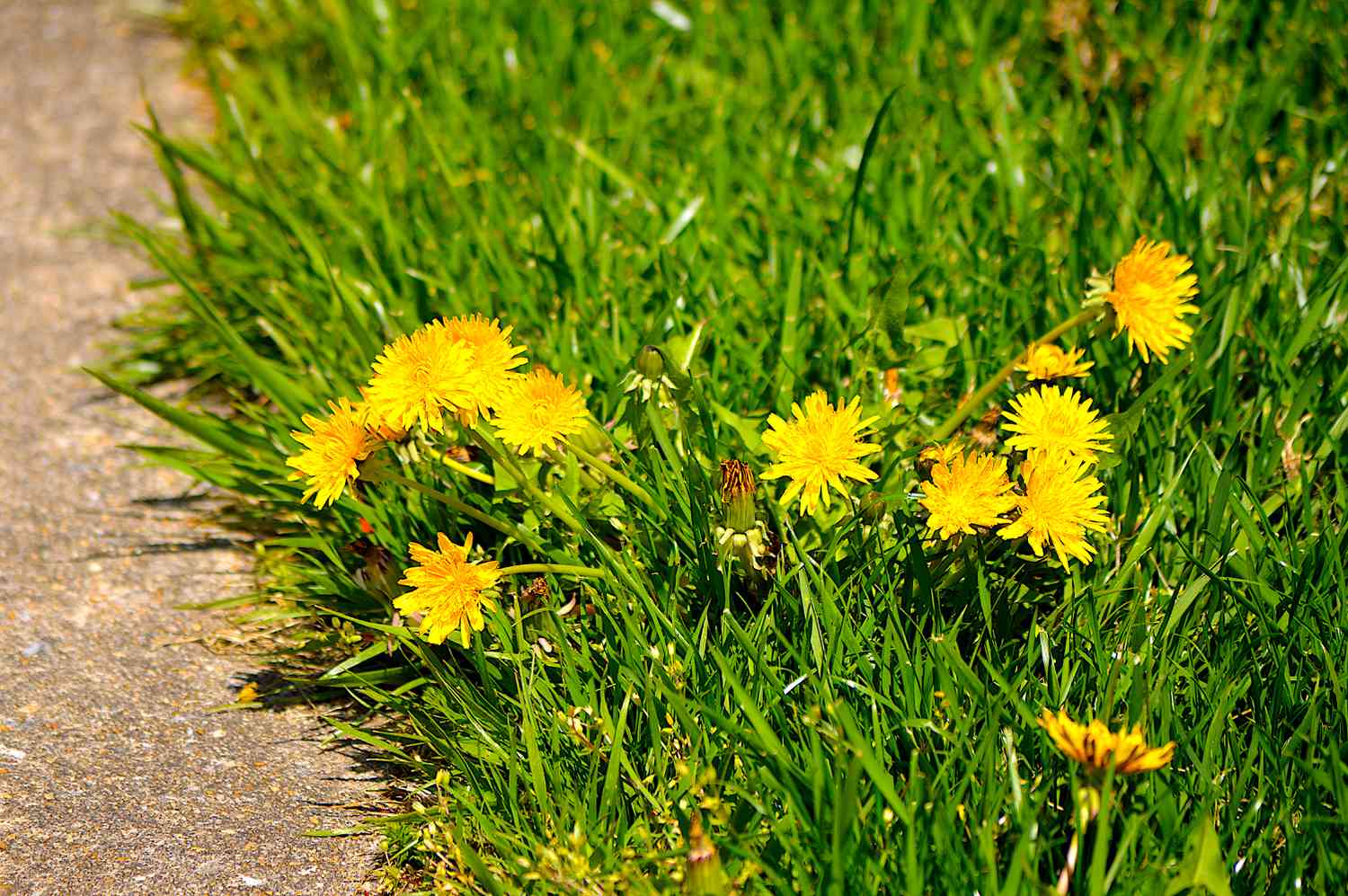
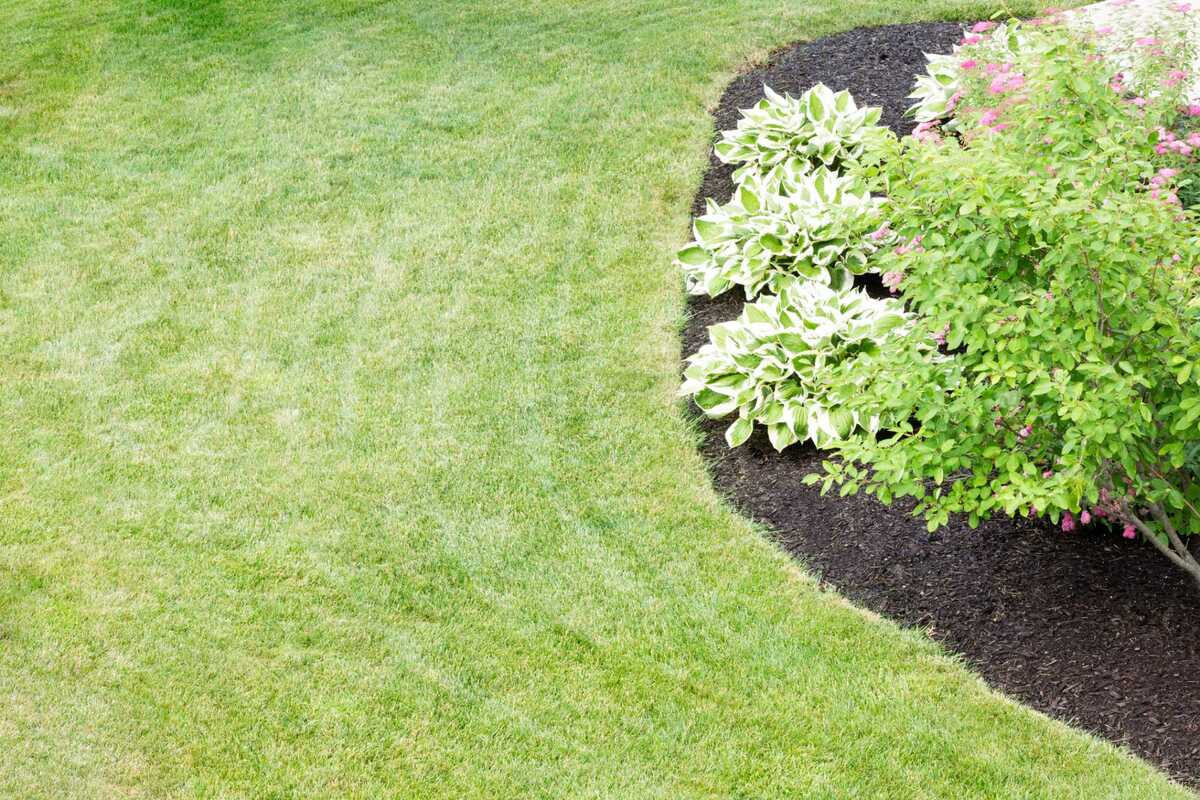
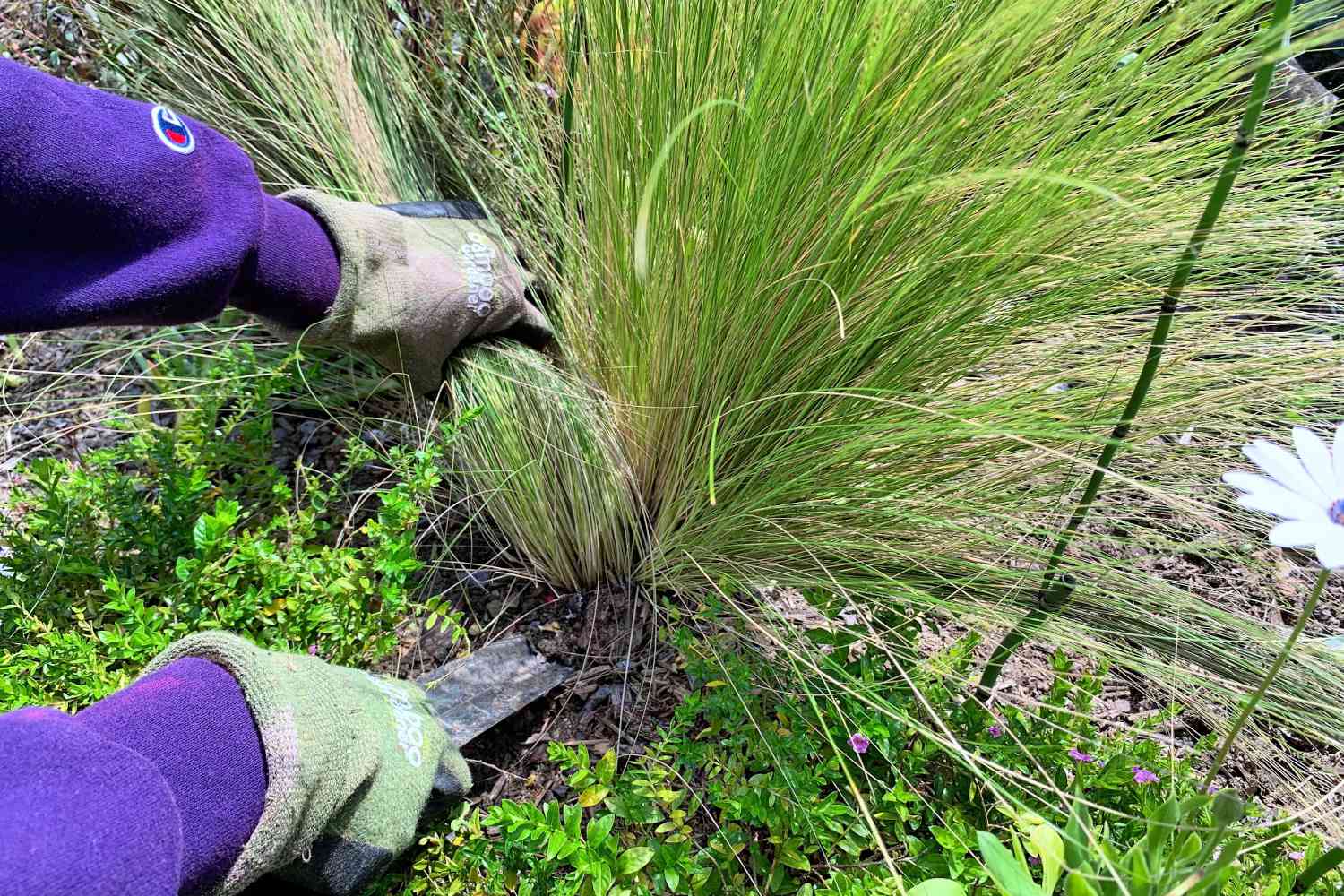
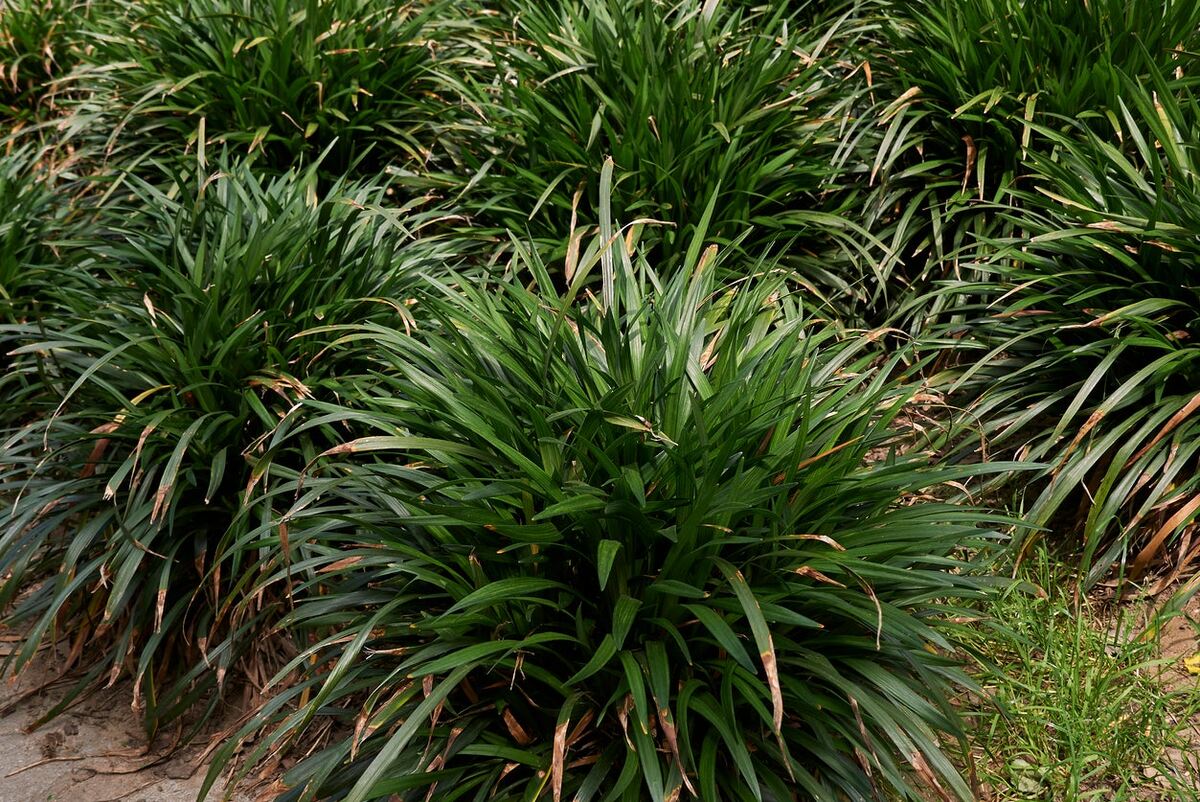
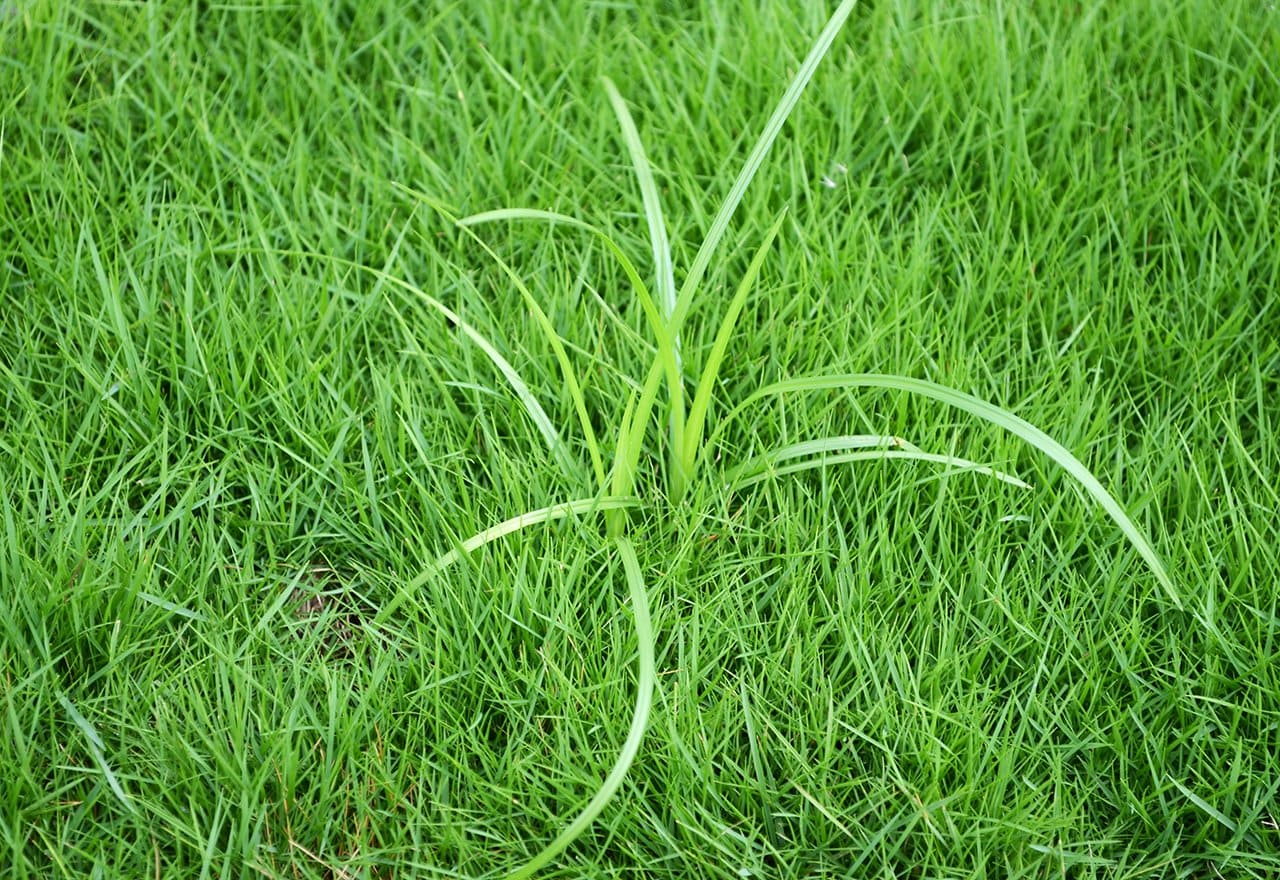

0 thoughts on “How To Kill Snake Grass”